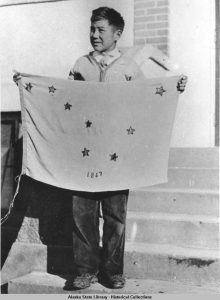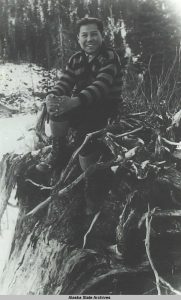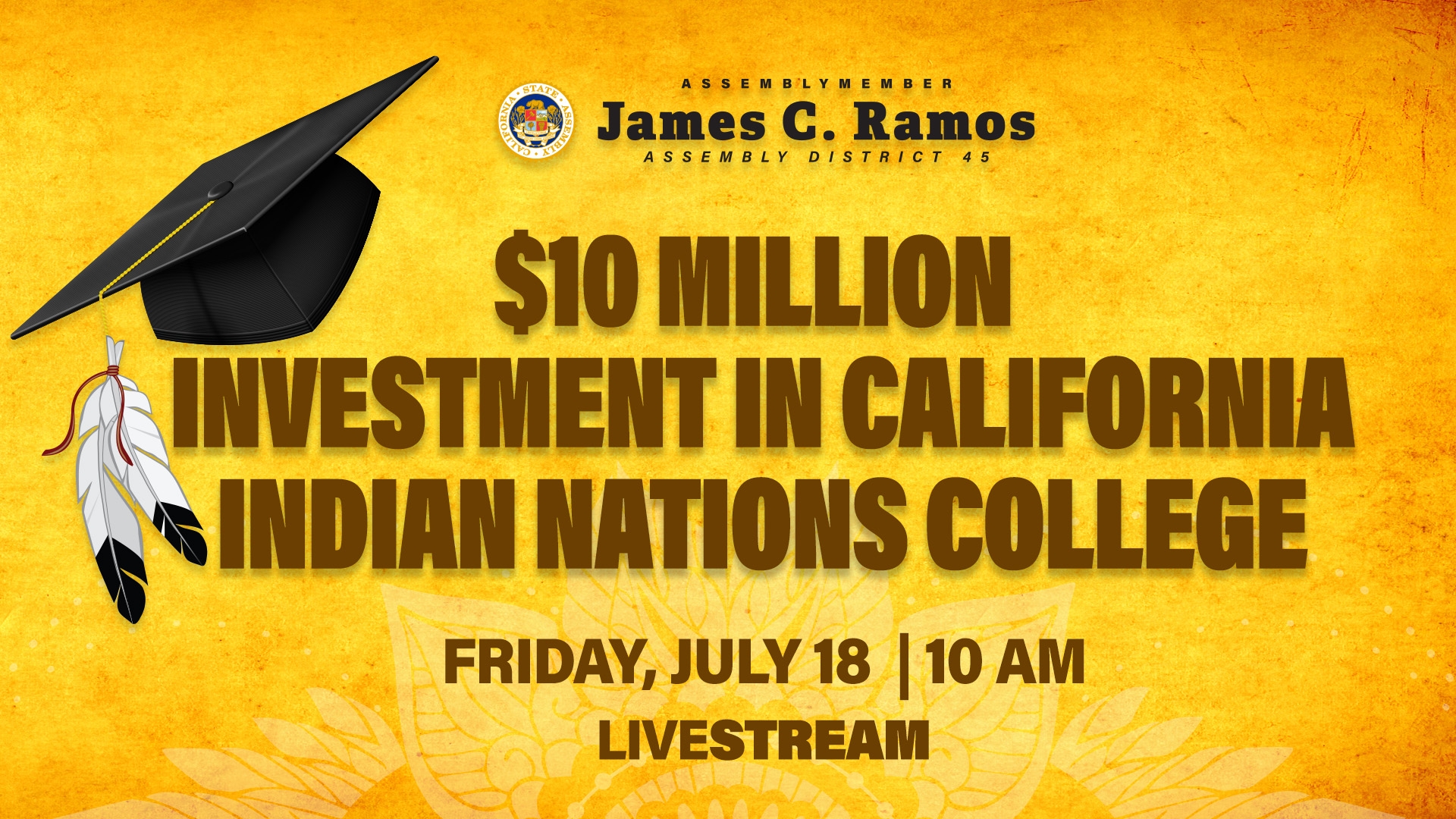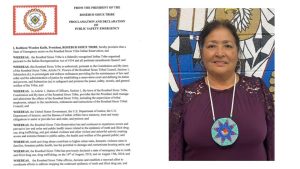Podcast: Play in new window | Download | Embed
The U.S. Senate Thursday passed President Donald Trump’s request to take back $9 billion in foreign aid and public media funding with a vote of 51 to 48.
Leaders in Native media say tribal stations across the country will be hit hard if the $1 billion in already approved funding for the Corporation for Public Broadcasting (CPB) is revoked.
Tribal stations are among those that receive CPB funding.
Leaders of Native Public Media, Vision Maker Media, and Koahnic Broadcast Corporation fear tribal stations could go dark.
According to the organizations, Native radio is a vital part of tribal communities – providing emergency alerts, news and information, and cultural content.
Additionally, they say tribal stations are often located in remote areas where there is limited internet — and communities rely on public broadcasting.
According to Native Public Media, there are 59 tribal radio stations and three tribal television stations across the country, reaching more than 1.5 million people.
Koahnic Broadcast Corporation produces National Native News and operates an urban Native radio station.

Alaska Native people recently celebrated the anniversary of the day Benny Benson ran the Alaska flag up a flagpole for the very first time.
He was the seventh-grade student who designed the state flag, but as KNBA’s Rhonda McBride tells us, Benson’s tribe says there is much more to the story.
It was almost 100 years ago that Benny Benson won a statewide contest for the flag’s iconic design – eight stars of gold on a field of blue.
The Qawalangin Tribe of Unalaska has passed a resolution to address some of the racial discrimination Benson experienced as a child growing up in an orphanage in Unalaska, and later at the Jesse Lee Home in Seward.
Michael Livingston, a historian and member of the tribe, drafted the resolution.
“I do think it’s real important that the story gets out. We’ve only got about two years before the 100-year Anniversary. We’ve forgotten some of the terrible things that happened almost 100 years ago. I think people need to know that part of the story, if for no other reason, to respect how brave and strong Benny was.”
When Benny Benson entered the contest, he lived at the Jesse Lee Home in Seward.
Although he came in third place in the local competition, his design was among those that were sent to Juneau for the statewide contest.
Livingston says the Seward organizers did not want an Alaska Native to win and pressured him to drop out. But out of 142 entries submitted in the state contest, Benson’s design rose to the top.
 Seven judges, who did not know the names of the students nor where they lived, made a unanimous decision to award Benson first place.
Seven judges, who did not know the names of the students nor where they lived, made a unanimous decision to award Benson first place.
Livingston says Benson was half-white and Aleut (Unangax̂) and denigrated in news stories for his dark skin.
A 1927 New York Times article described the flag contest winner as a half-caste boy, small in stature, swarthy, who spoke in “clipped” English, and knew more about hunting and fishing than anything else.
Livingston said after the Alaska Territorial Legislature approved money for Benson to travel to Washington D.C. to present the new flag to President Calvin Coolidge, a Seward newspaper wrote that Benson, who “carried the blood of aboriginal ancestry from the most primitive,” would stand among the great.
The tribal resolution cites numerous instances of discrimination against Benson and other Native school children of the day.
Livingston hopes it will serve as an important history lesson for Alaskans, but also a point of pride.
“There are 50 states in the United States, and out of those 50 state flags, there’s only one designed by a Native American, and that’s Alaska’s flag designed by Benny Benson.”
As part of an ongoing campaign to recognize Benson’s contributions, his grandson accepted an honorary doctorate for Benson from Alaska Pacific University in April.
 On Friday, Assemblymember James Ramos (Serrano/Cahuilla/D-CA) will present a $10 million state general fund check to California Indian Nations College during an event in Palm Springs, Calif.
On Friday, Assemblymember James Ramos (Serrano/Cahuilla/D-CA) will present a $10 million state general fund check to California Indian Nations College during an event in Palm Springs, Calif.
The funding is to help the higher education institution become the state’s only federally accredited tribal college.
According to Asm. Ramos’ office, California has the greatest numbers of Native Americans in the nation, but lacks such an institution.
California Indian Nations College is a two-year college located in Palm Desert, Calif.
Get National Native News delivered to your inbox daily. Sign up for our daily newsletter today.







 A state of emergency was declared this week, on the Rosebud Sioux Tribe Reservation in South Dakota.
A state of emergency was declared this week, on the Rosebud Sioux Tribe Reservation in South Dakota.



 Former Interior Secretary Deb Haaland (Laguna Pueblo) is running for governor of New Mexico.
Former Interior Secretary Deb Haaland (Laguna Pueblo) is running for governor of New Mexico. This week, Secretary of the Interior Deb Haaland (Laguna Pueblo) shared her perspective about the agency’s
This week, Secretary of the Interior Deb Haaland (Laguna Pueblo) shared her perspective about the agency’s 






